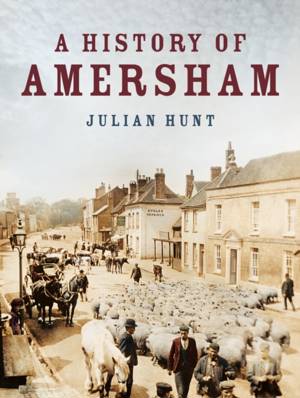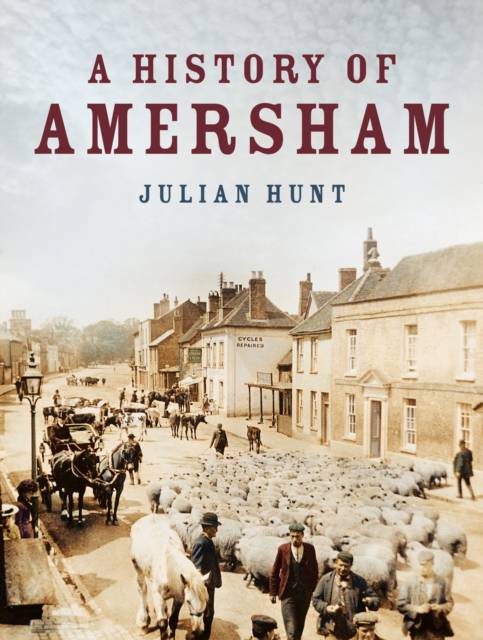
- Afhalen na 1 uur in een winkel met voorraad
- Gratis thuislevering in België vanaf € 30
- Ruim aanbod met 7 miljoen producten
- Afhalen na 1 uur in een winkel met voorraad
- Gratis thuislevering in België vanaf € 30
- Ruim aanbod met 7 miljoen producten
Zoeken
Omschrijving
Amersham was described by John Leland in the 16th century as 'a right pretty market town, well built with timber'. Today, well over four hundred years later, his words would be equally apt, as the ample High Street is one of the most handsome and well preserved in England. The town escaped the ravages of Victorian and 20th-century development largely because its railway station came as late as 1892 and then was almost a mile away at Amersham on the Hill. Here the old farms, alehouses and ancient common were soon engulfed by commuter housing, to which fine local architect, John Kennard, lent real character in an ideal 'metroland' created long before the railway company coined the term! In this entertaining book the author identifies each of the old coaching inns which provide ample evidence of Amersham's importance as a stopping place on the great coach road from London to the Midlands. He traces the history of all the town's tanneries and proves that Weller's brewery is much older than previously believed and that its many maltings were selling vast quantities of malt to London brewers in the 17th century. He does not neglect the townspeople themselves, not least the Drakes of Shardeloes who dominated the political, religious and social life of Amersham for 350 years. Here he is able to draw on the unique knowledge of Barney Tyrwhitt Drake, a direct descendant. Julian Hunt's well-researched narrative is both comprehensive and easy to read. Splendidly illustrated, it is a significant contribution to the published history of Buckinghamshire and will be warmly welcomed in and around old Amersham itself.
Specificaties
Betrokkenen
- Auteur(s):
- Uitgeverij:
Inhoud
- Aantal bladzijden:
- 136
- Taal:
- Engels
Eigenschappen
- Productcode (EAN):
- 9780750990882
- Verschijningsdatum:
- 20/05/2019
- Uitvoering:
- Paperback
- Formaat:
- Trade paperback (VS)
- Afmetingen:
- 185 mm x 244 mm
- Gewicht:
- 408 g

Alleen bij Standaard Boekhandel
+ 44 punten op je klantenkaart van Standaard Boekhandel
Beoordelingen
We publiceren alleen reviews die voldoen aan de voorwaarden voor reviews. Bekijk onze voorwaarden voor reviews.











